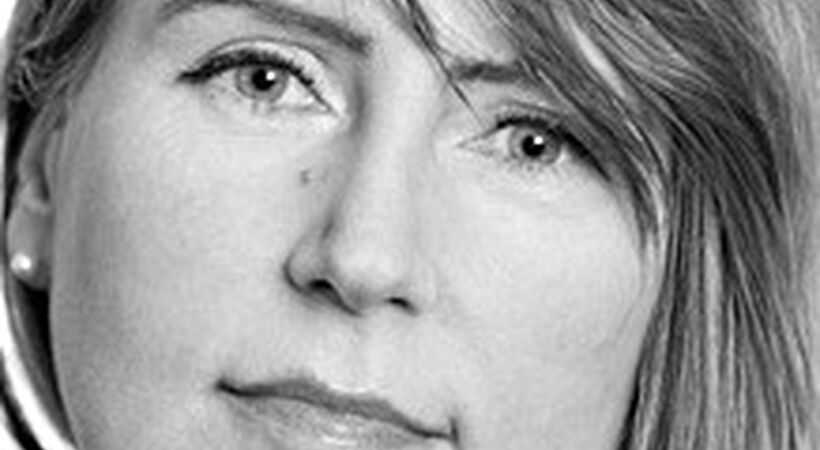Kim Karina, regional head of design at property services group Styles&Wood, discusses how the advent of the ‘Rubik’s cube’ office will help employers adapt to a flexible, multigenerational workforce, while increasing productivity, efficiency and style
Changes in workplace dynamics naturally have a significant influence on office design. Over the last few decades trends have come and gone - from the cubicles and corner offices of the 80s and 90s to the large open-plan floorplates that became popular in the early 2000s. More recently the rise of collaborative working and BYOD led to coffee shop-style office designs, where break-out areas and hot desking zones are integrated with more traditional office set ups. But, it’s fair to say this style of design has reached its peak
The next generation of office design is being driven by similar socio-economic factors. The popularity of flexible working, driven in part by the equality agenda and the rising costs associated with maintaining Grade A office space, mean agile working is a priority and workplaces need to be flexible – able to adapt to fluctuating numbers of occupants day-by-day.
Many businesses are also alive to the need to attract and cater for the demands of a generation of millennial graduates and so the look and feel of a workplace has become an important tactic in the war for talent. But, one size does not fit all and ensuring office design works for both millennials and older generations has become much more difficult.
As retirement ages are set to move to 65 for all workers by the end of 2018, office space must also appeal to a wider demographic of employees with older workers generally preferring a more traditional office design with their own fixed desk. According to Lancaster University, over half of UK businesses will have adopted flexible working by the end of this year, changing the role of the modern office from a business necessity to one of social preference. Design must then work harder to provide a space that reflects that and provide office-based employees with a working environment that suits their style.
Solving these challenges requires a new shift in design trend, and a ‘Rubik’s cube’ style office is emerging, which uses imaginative design and technology to allow a workplace to adapt to meet the needs of the business day by day. Introducing partitions and fixtures that can move and change at the push of a wall or a press of a button means that extra desk space or a collaborative hub can be created quickly, mirroring working culture and staff volumes and designing an office that best suits the task at hand.
Incorporating flexibility and efficiency into office design also means that unused space can quickly be shut off when required. This saves money on needless heating and lighting, and resources can be directed to the areas that are being used to create the ideal environment, controlling variables such as temperature to create the perfect working conditions. For example, a study from Helsinki University found that people are most productive when at a temperature of 22° Celsius while Mark Zuckerberg famously keeps the Facebook offices at a controlled temperature of 15° to improve staff alertness. By having employees work from one space, heating and lighting variables can be much more efficiently controlled to mirror optimal conditions for productivity.
The trend for agile working seems to be showing no signs of slowing down, and businesses must think carefully about how their working environment can best complement this dynamic. By incorporating adaptability into the very fixtures and fittings of an office, firms can ensure their space can quickly adjust to this shift as well as any changing needs in the future.





